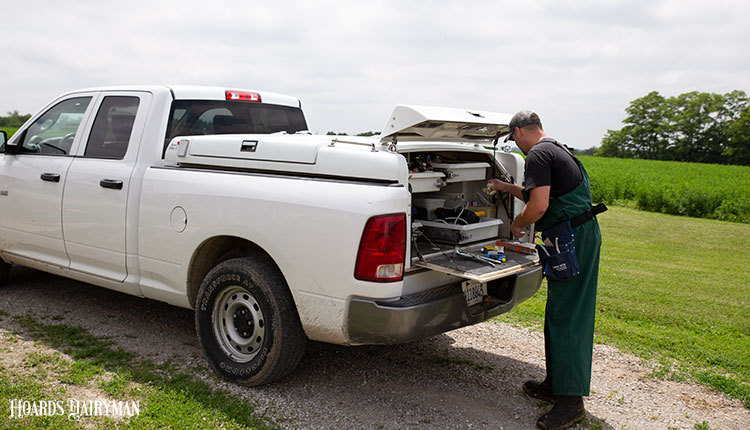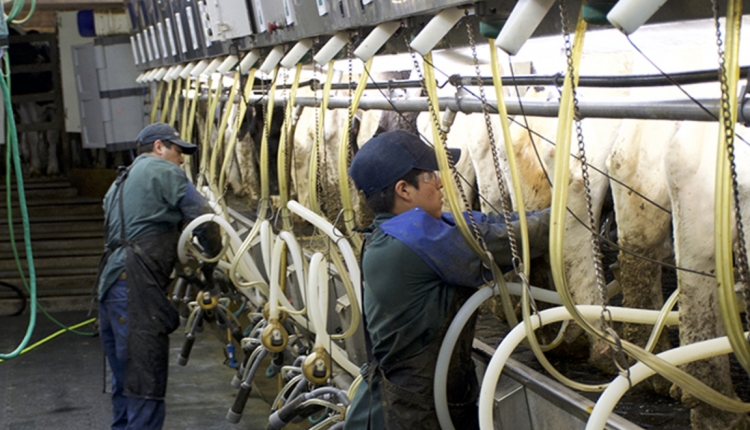
Drug residues in truckloads of milk again reached a record low in 2021, affecting only one out of every 12,500 loads — a reduction of more than 90% over the past two decades. This data illustrates the continued long-term national pattern of industry improvements in milk quality practices. It also validates other recent reports from the U.S. Food and Drug Administration (FDA) and the National Conference on Interstate Milk Shipments (NCIMS) affirming dairy farmers’ responsible use of antimicrobials.
Still, pressures related to the judicious use of antibiotics come from consumers in the U.S. and around the globe abound; because of this, FDA will undertake a new project next year to determine whether the agency should update its drug residue testing requirements. The information gathered will guide the food safety risk assessment process to ensure testing requirements reflect the latest science, thus affirming the safety of U.S. milk.
Currently, all U.S. milk is tested for Beta Lactam drugs, as required in FDA’s Grade “A” Pasteurized Milk Ordinance, and many sulfa and tetracycline tests are also conducted annually. FDA, through its work with the National Council on Interstate Milk Shipments (NCIMS), has proposed a three-year sampling project that will inform whether the agency should test for other drug residues on a more routine basis. During this project, samples will not be traceable to an individual plant or farm and the milk will be tested for 19 different drug residues.
The NCIMS involves the dairy industry, state and federal regulators, and allied industry for the revision and implementation of the Grade “A” Pasteurized Milk Ordinance. NMPF staff and members are involved throughout the NCIMS processes including leadership on the board of directors. The new drug residue sampling project will begin next year; dairy handlers and NMPF will be providing more information before it begins.
That commitment to quality information is in keeping with more than 30 years of industry education on the judicious use of antibiotics, embodied through the annual publication of a best practices manual to aid the sector. The manual is a resource to review antibiotics approved for dairy animals and helps farm managers develop on-farm best management practices necessary to avoid milk and meat residues. Because of dairy’s commitment to the National Dairy Farmers Assuring Responsible Management (FARM) Animal Care Program, over 99% of the U.S. milk supply comes from dairy farms that adhere these standards.
To review the highlights:
• Drug use must follow the label directions precisely, including dose volume, route of administration, number of treatments, and withdrawal time.
• All extra-label drug use must be prescribed by a veterinarian and the prescription must also include withdrawal times.
• The important role of the veterinarian in making informed animal health decisions, including drug use, has been a cornerstone of the FARM Animal Care Program through the veterinarian-client-patient relationship.
Let’s take the opportunity presented by FDA’s new drug residue sampling project to reinforce dairy’s commitment to producing quality, safe milk.








